
How Member Company Wilson Construction utilizes general aviation to maintain and repair power lines.
May/June 2013
In today’s wired world, it’s hard to imagine anyone in America not being connected to the Internet, let alone the electric grid. But a half-century ago, swaths of the rural West were still in the process of being electrified by people such as Matt O. Wilson, founder of Oregon-based Wilson Construction.
Today, the company, one of the largest utility construction firms in the Northwest, employs more than 500 people who build overhead and underground electrical distribution and transmission power lines for utilities and other power providers all across the United States. Headquartered in Canby, OR, with satellite offices in Arizona and California, Wilson Construction uses its sophisticated equipment, including a fleet of helicopters, to maintain and repair power lines, often in remote locations that have no airline service. Little wonder then that the company depends on general aviation airplanes, as well as rotary-wing aircraft, to support its business.
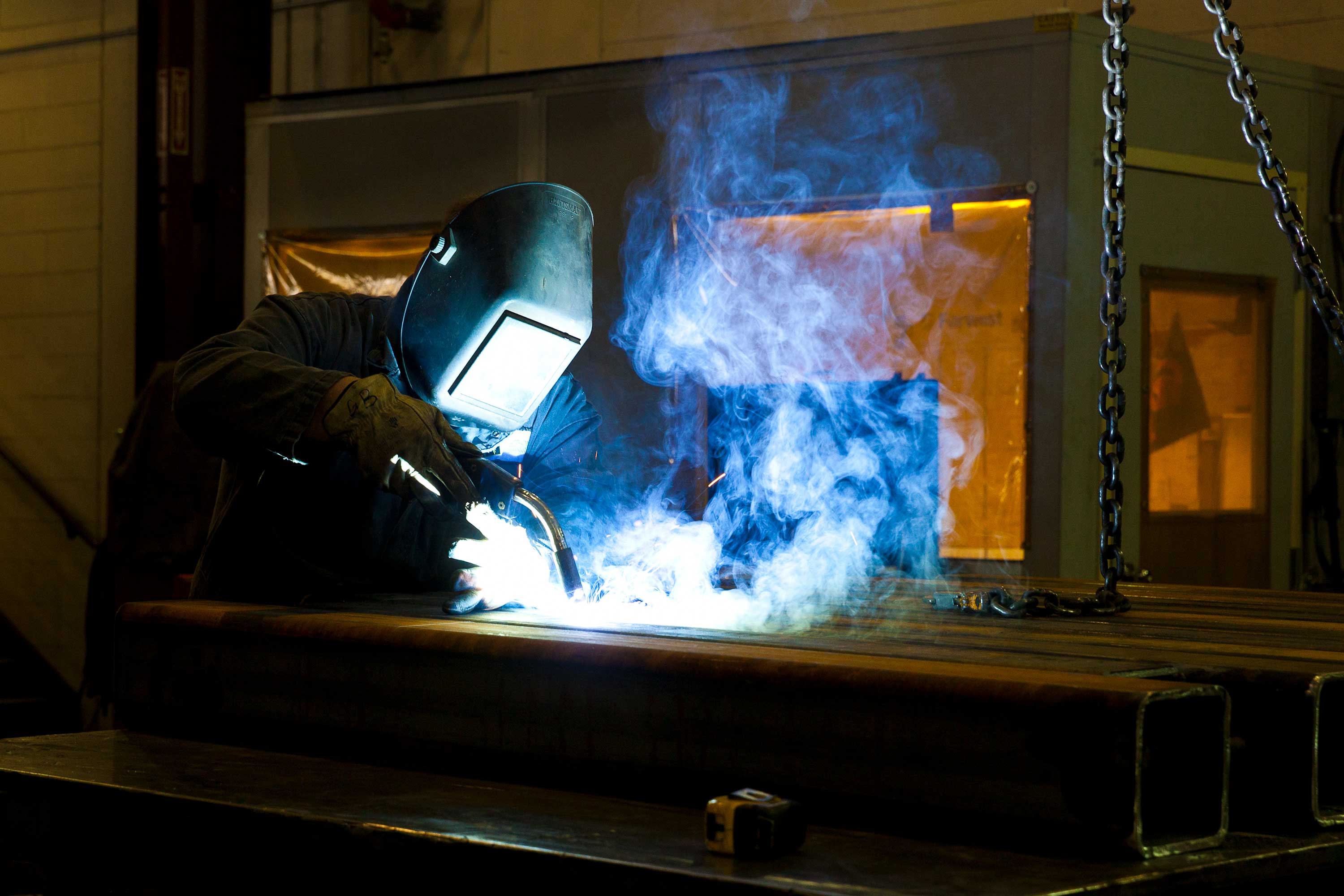
Don Wilson, the founder’s son and current president of Wilson Construction, began working at the company in 1974. “When I first started in the business, I drove 60,000 miles in one year in Oregon and Washington, and I realized I wasn’t going to have any kind of home life if I kept driving for business, so I got my pilot’s license. competitor at the time had a Beech Bonanza, so that helped spur me to fly.”
Over the years, Don has flown a series of single- and twin-engine airplanes. Today, Wilson Construction operates a King Air C90 and 350, and has recently taken delivery of a Challenger 300, which will be used for the company’s longest trips.
In the beginning, Don Wilson did virtually all the company flying, with the aid of contract copilots. In 2008, Wilson Construction hired a full-time aviator, Jeff Ward, who now is the company’s chief fixedwing pilot. Don’s daughter Stacy, vice president of finance and head of the firm’s Environmental Compliance Division, started flying the C90 four years ago. Another full-time pilot was hired to captain the new Bombardier jet.
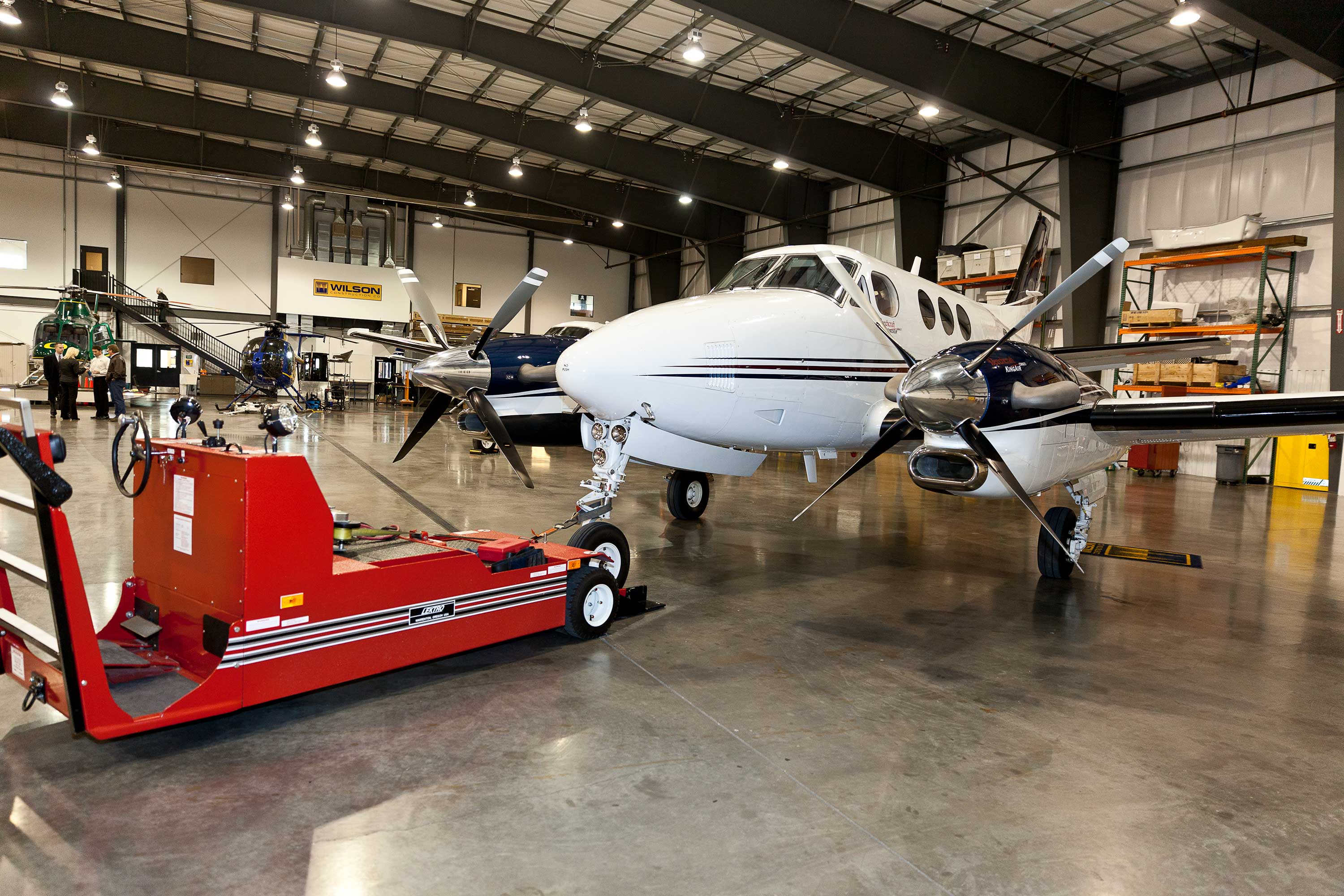
Getting to Job Sites
Oregon’s Aurora State Airport (UAO) is home base for Wilson Construction’s King Airs, which travel all over the country, from Florida to Alaska, logging a combined 500 to 600 hours annually, with most of the destinations being rural airports.
“A great number of our jobs tend to be in smaller towns or remote locations, such as Ely, NV, which is halfway between Reno and Salt Lake City,” explained Don Wilson, who likes using the twin turboprops for those missions because they are good short-field airplanes that can carry substantial payloads. For short trips, the King Air 90 is used. When more people are traveling, the company flies the higher-capacity Model 350.
But Wilson Construction also utilizes the airlines. The company’s rule of thumb is if two or more people are traveling to the same destination, a company airplane is used. If only one person is traveling, then employees take a commercial flight if there is airline service to the destination. The mode of travel sometimes is dictated by the work schedule. An employee may travel one way on the company airplane and return on an airliner. Other times a company airplane will pick up a person en route to another destination.
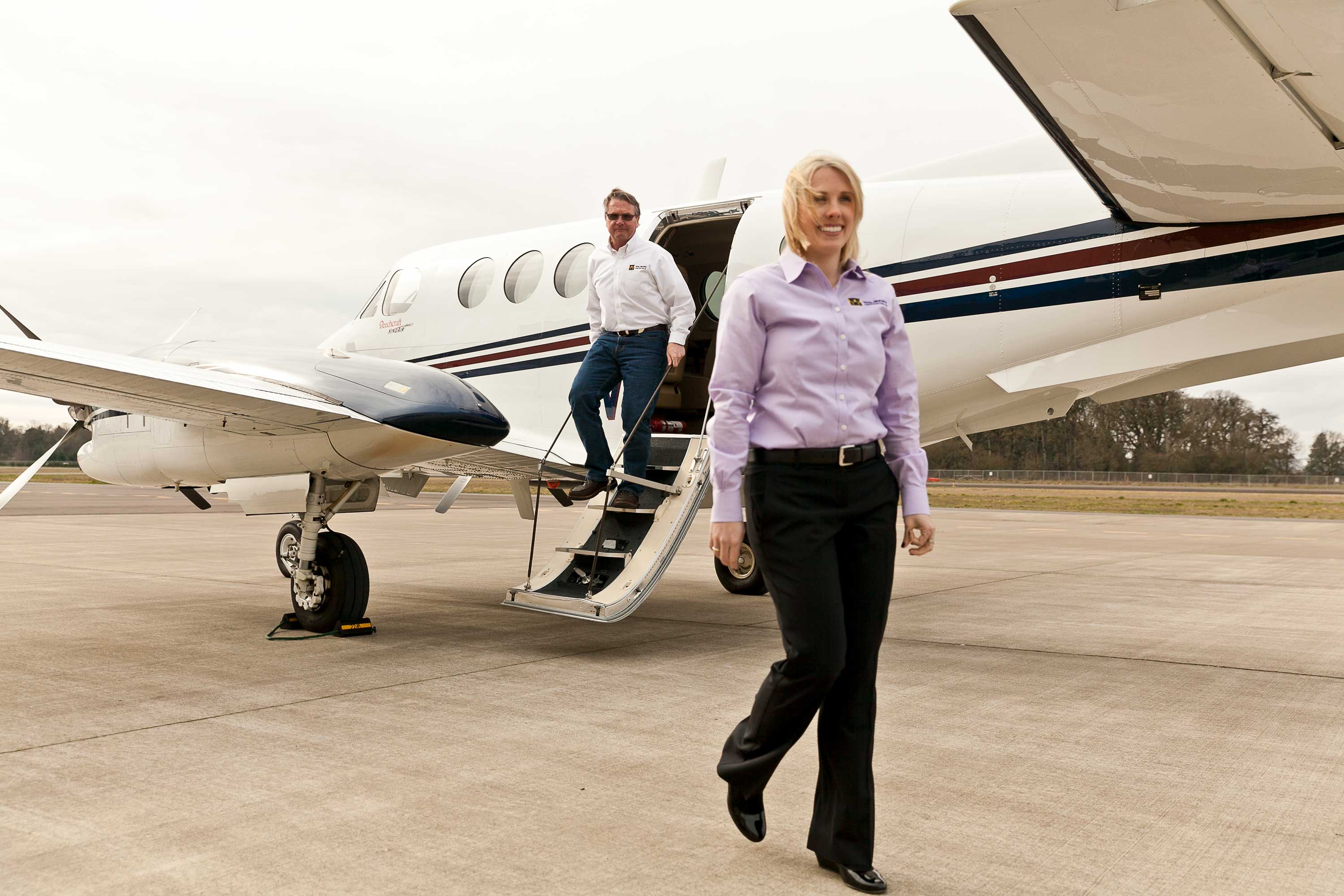
All types of employees travel on the Wilson Construction airplanes. During a recent trip to negotiate a contract with a customer in Southern California, the passengers included Stacy and Don Wilson, two people from the legal department and an operations manager.
Wilson Construction uses Microsoft Outlook to schedule its airplanes. “We also let people know if there are empty seats on an upcoming trip,” noted Stacy, who said that some employees will contact the pilots directly to ask if they can come along on a trip.
In the interest of safety, both King Airs are equipped with Rockwell Collins Pro Line 21 avionics, which makes it easier for pilots to transition between the two airplanes. The Challenger 300 has the same basic avionics package.
Wilson Construction believes that proper training is another important component of a safe operation. Stacy goes to FlightSafety International for recurrent training every six months. “Jeff and dad go every year, too. And the three of us often discuss safety issues,” she added.
Perhaps most importantly, Wilson Construction leaves the go/no-go decision regarding a trip to the pilot-incommand. “Nothing is so important that we can’t say we are not going,” declared Stacy.
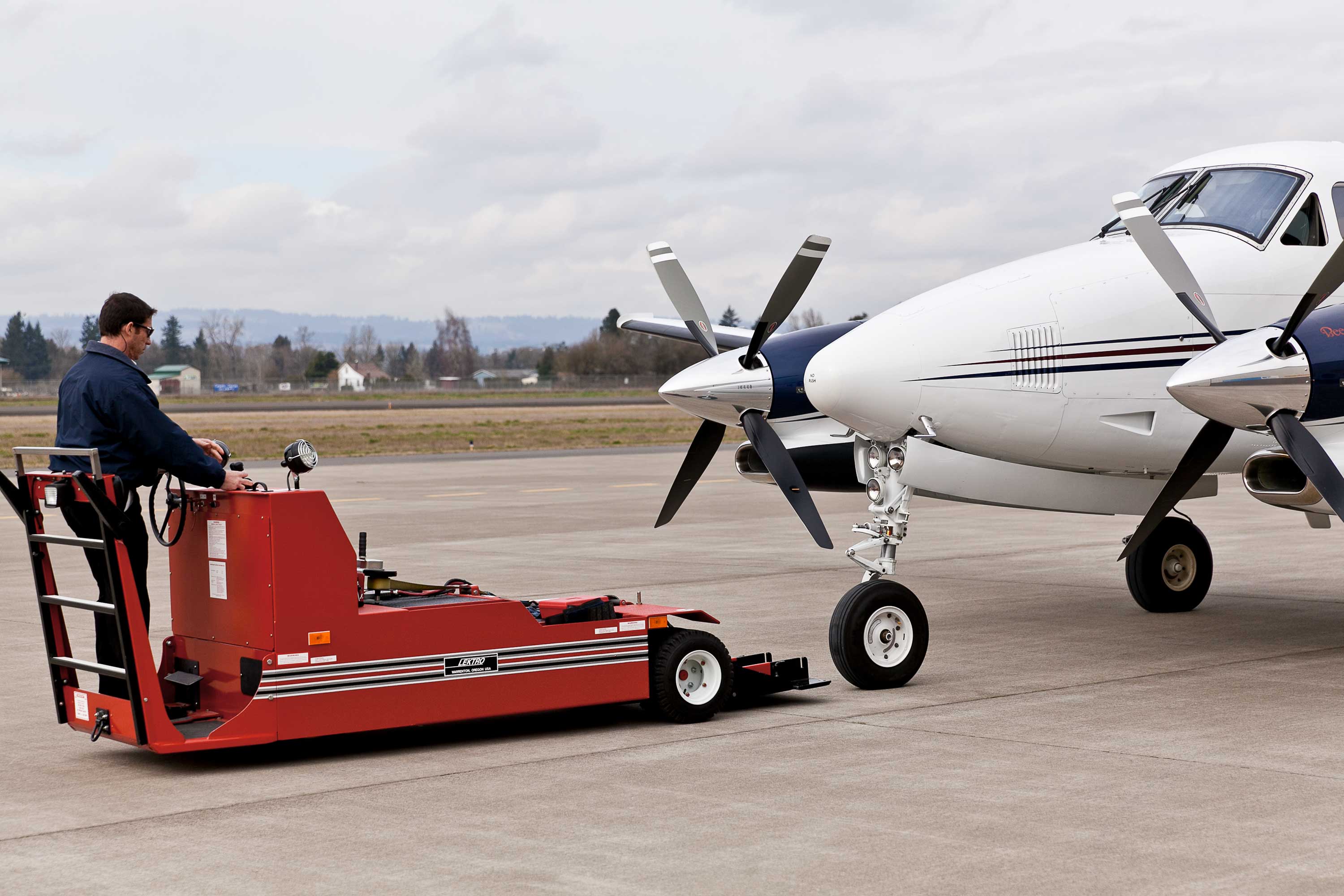
Staying a Step Ahead
Don Wilson says his airplanes give Wilson Construction a “big-time competitive advantage” because they have helped the company be more nimble than some of its larger competitors. “With our airplanes we can move fast, so we are able to react and take advantage of opportunities quicker,” he said.
Wilson adds that his airplanes also are “a great tool for the customer. If they have a concern or problem they want to talk about, they can phone us and we can be there within just a few hours if there is an emergency. The airplane helps us provide good customer service. Also, an airplane is a sign of a successful company in the eyes of customers.”
For Wilson Construction, business aviation is simply part of a good business plan. In fact, Don Wilson believes there is a direct correlation between the capability of his company aircraft and the expansion of his business.
“Each time we have stepped up and bought a bigger or faster airplane, our business has increased,” he declared. “Having a more capable airplane enables us to reach out farther and become more flexible, and that flexibility helps us get more work.”
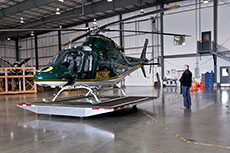
A Special Helicopter Operation
While Wilson Construction utilizes its airplanes to attract and retain business and travel to job sites, the company has been using helicopters for more than 30 years to literally do the heavy lifting associated with construction of power lines.
Wilson Construction’s five rotorcraft, which fly a combined 2,000 hours per year, conduct power line surveys, lift external loads and “pull sock lines” (a thread-the-needle maneuver used to install electrical cables in transmission towers). Not only do the helicopters facilitate construction of power lines, they are more environmentally friendly than relying on earth-moving equipment to carve roads through forests in order to erect transmission towers.
Employing some of the world’s most experienced power line pilots, along with a cadre of maintenance technicians who support the helicopters in the field, Wilson Construction’s in-house rotorcraft department gives the company a competitive edge when bidding on projects and performing construction activities that require helicopter services, according to company president Don Wilson.
He noted that most of his competitors hire helicopter service providers, “but we have continuity and reliability by operating our own helicopters. Our pilots, superintendents and foremen have close relationships. They are always thinking and working together to improve operations and determine how we can use a helicopter as a tool to make us more efficient.


 International Business Aviation Council Ltd.
International Business Aviation Council Ltd.